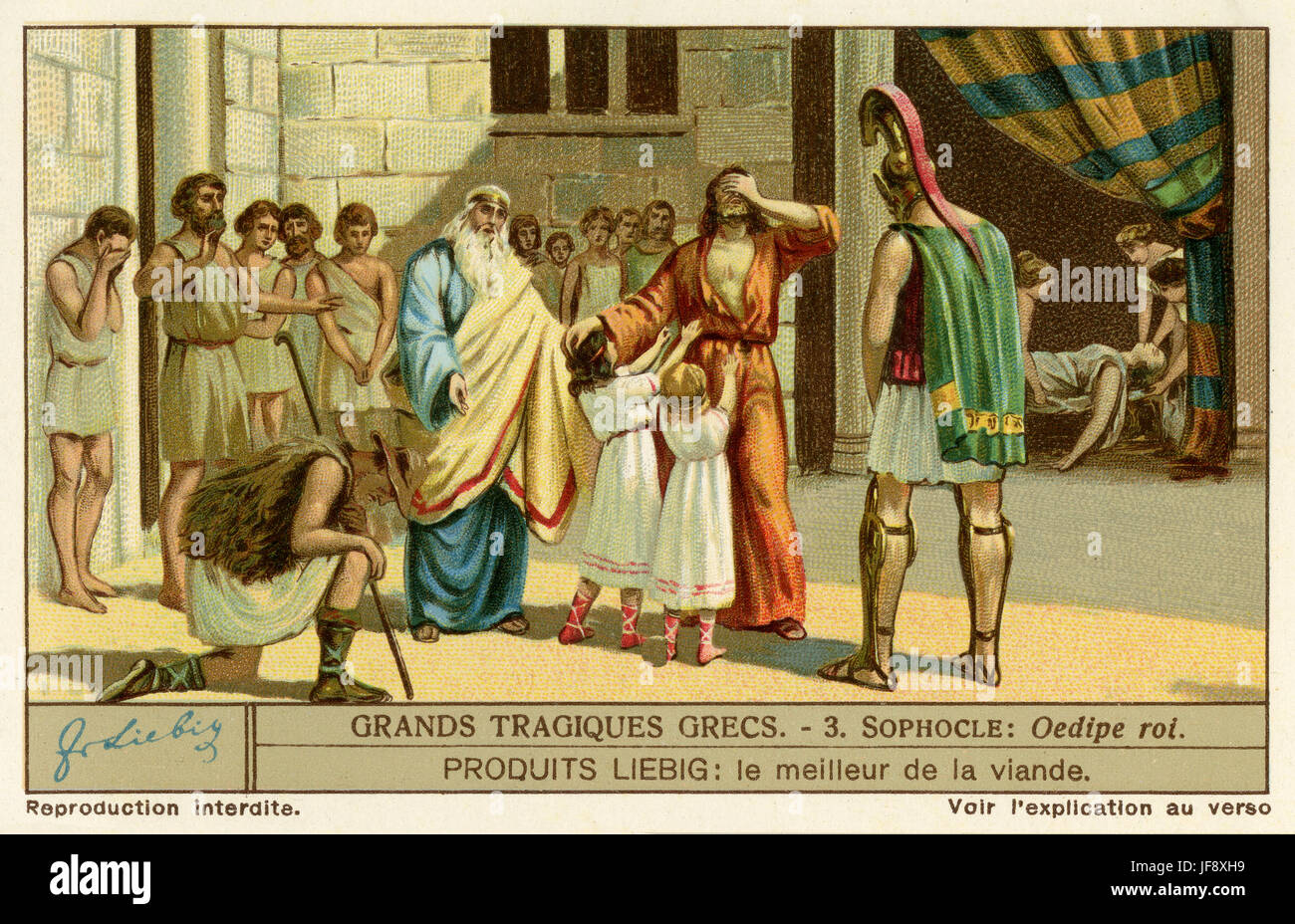
R. said, "that would be definition Meno offered in the beginning where every activity can have its best way to practice it, shining the lights of the virtue for that activity. However, Socrates wanted to find the essence of the virtue, therefore imagining something beyond those, not?"
A. said, "I think Socrates pulled his own recollection technique to get himself out of the wrong conclusion of what virtue is. Right after he starts trying to understand what made the virtues Pericles and other merchants and statesmen who were known for possessing virtue, he stumbled upon asking questions that were not directly related to what virtue is but to the questions of could it be taught and have these great men being able to teach and show to their children their virtue and how to practice it."
Z. said, "What is virtue? Is it knowledge? Could you learn this? When I teach my students, memorization doesn't help them but understanding of the why helps them to achieve success. Every student seems to have the internal urge to organize and make sense of things as I see them put together toys and categorize them into different bins by their color or kinds. It is not the matter of just teaching and learning what virtue is but it is about practicing that virtue as you have understood the different why. Students all show the potential for greatness and good. Even we see it in the movies, some characters start off being very good people, but things happen and they corrupt. The virtue must be a practice and way of life. It probably cannot be taught. I see it in my students. They come with their gifts and weaknesses. For every student, the path for growth and what virtue means is different for them. For some it is the patience. For some it is the courage."
N. said, "Did Socrates conclude that virtue is divine and it cannot be taught, it is a form of knowledge but we don't know what the essence of it is even though we get little close to it with thoughtfulness, courage, kindness, and prudence? This dialog helped us to learn what the Socratic method is. But we are still perplexed as the numbing fish Socrates did his questionings."
I thought there is promise to good life through that pursuit to possess virtue and seek human greatness. That human excellence opportunity exists and "Will to Truth" could be helped with the Socratic method. Seeking the truth and understanding might help us reach the virtue as we question and recall what we know and what we need to know to ask better questions. Gaining virtue unfortunately might not be knowledge therefore something that can be assisted by the Will to Truth and Socratic methods. As Socrates remembers, "Spartans say that man is divine." There needs to be strength in the heart that is nurtured by the environment and good friends who lead you to your better side, helping you win the battle against yourself.
There I remembered Nietzsche's quote I have on my notepad in the shower that goes, "anything that is weakening is depriving, anything that is empowering is [good?]" If someone wants to possess and learn virtue, you really need to focus on what empowers you and try to stay away from anything that weakens you so that you might end up acting virtuous at the right time. We shall will it to power and rise to virtue, enabling us to fight corruptive effects on our character. Nietzsche's Twilight of the Idols clearly reminds us to be aware of what causes what. Is it virtue that produces happiness or happiness that causes virtue? Seeking virtue to be happy and powerful in our self-discipline and autonomy might have been wrong direction of causation all this time. When I think of myself, whenever I was less stressed and happy, I was more virtuous in my character. Whenever I was stressed and trying hard, I made more mistakes. So I think if you want to have virtue and live with virtue, will it to power! As you will it to power, you will have the virtue to will it to Truth. However, this conclusion I have in my head might be just wrong. Time will tell.



